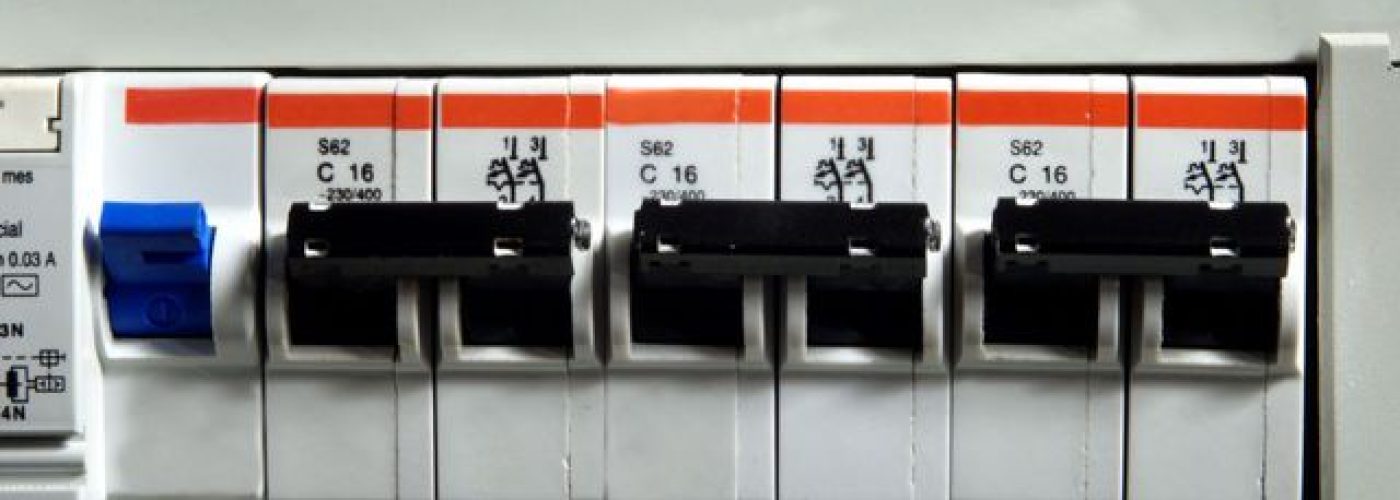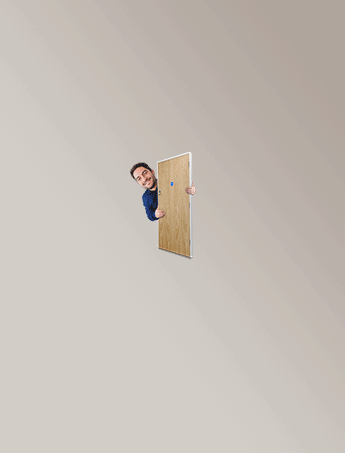Charming older homes, while resplendent in character and history, often come with their own set of challenges. Of these, electrical systems could be of primary concern, particularly if they haven’t been upgraded for a long time. This article discusses the various modern electrical upgrades necessary for older homes to ensure they remain safe, efficient and convenient for today’s living standards.
Hiring Professional Electricians
When considering electrical upgrades, it’s vital to hire electricians in the Harrow area or wherever you’re based. They not only provide expert advice on what upgrades are necessary but can also ensure that the installation process is safely executed. Whilst tempting, deciding to handle electrical work independently greatly increases your risk of electrical fires or other hazardous outcomes.
Electricians are also well-versed in compliance with UK building regulations. These state that electrical installation work in dwellings must be reported to local authorities, something best managed by a professional.
Updating the Electrical Panel
In older homes, you may find that the existing electrical panel often lacks the capacity to handle the electricity load of modern appliances. Older panels are susceptible to tripping breakers, dimmed lights, and overheating. Upgrading to a newer model, such as a circuit breaker panel, can cater to high energy needs while also improving the safety of your home.
Installing Additional Outlets
The limited number of power outlets is another common issue in older homes. Today’s average household owns several dozen electronic devices, substantially more than what was expected when these homes were built. An upgrade to consider is thus the installation of additional outlets, which helps avoid overloading through the usage of power strips and extension cords.
Ground-Fault Circuit Interrupters (GFCIs)
A mandatory feature in new homes, Ground-fault circuit interrupters (GFCIs), are specialised devices designed to protect people from electrical shocks. They detect ground faults and rapidly disconnect the power to protect anyone using the appliance. Older homes tend not to have these safety measures, and including them in an electrical upgrade is highly advisable.
Adequate Lighting Solutions
Upgrading your home’s lighting solution not only improves its aesthetics but also its energy efficiency. Opt for modern lighting solutions such as LED lights, which offer longer life spans and consume less energy. A professional electrician can advise on how to rewire the property for modern fixtures, opening up opportunities for features like dimmer switches and motion-detecting lights.
Smart Home Capabilities
The rise of IoT (Internet of Things) means more homes are becoming ‘smart’. In the era of Alexa, Nest thermostats, and app-controlled lighting, older homes may struggle to keep up. Wiring upgrades are often required to support this technology, with the potential inclusion of Ethernet cables and extra circuits. If you’re keen on incorporating these modern luxuries, enlisting an experienced electrician is crucial.
Upgraded Wiring Systems
The majority of aged properties feature wiring systems with a short lifespan, made with hazardous materials like aluminium or knob-and-tube systems. Modern homes primarily employ copper wiring, which is safer and more reliable. Ironically, whilst the older systems may work fine, insurance companies often refuse to insure homes with outdated wiring. Thus, a full-house wiring upgrade might just be in order.
In Conclusion
Upgrading older homes to meet modern electrical standards is a necessary intervention, aiming to increase convenience, prevent safety hazards, and adapt to technological advancements. This process is best approached with the assistance of a professional electrician, and even a construction project manager for bigger projects, who can ensure the upgrades comply with UK regulations. With the right modifications, even the most dated home can marry charm with functionality, further cementing our instinctual love for things both old and new.





